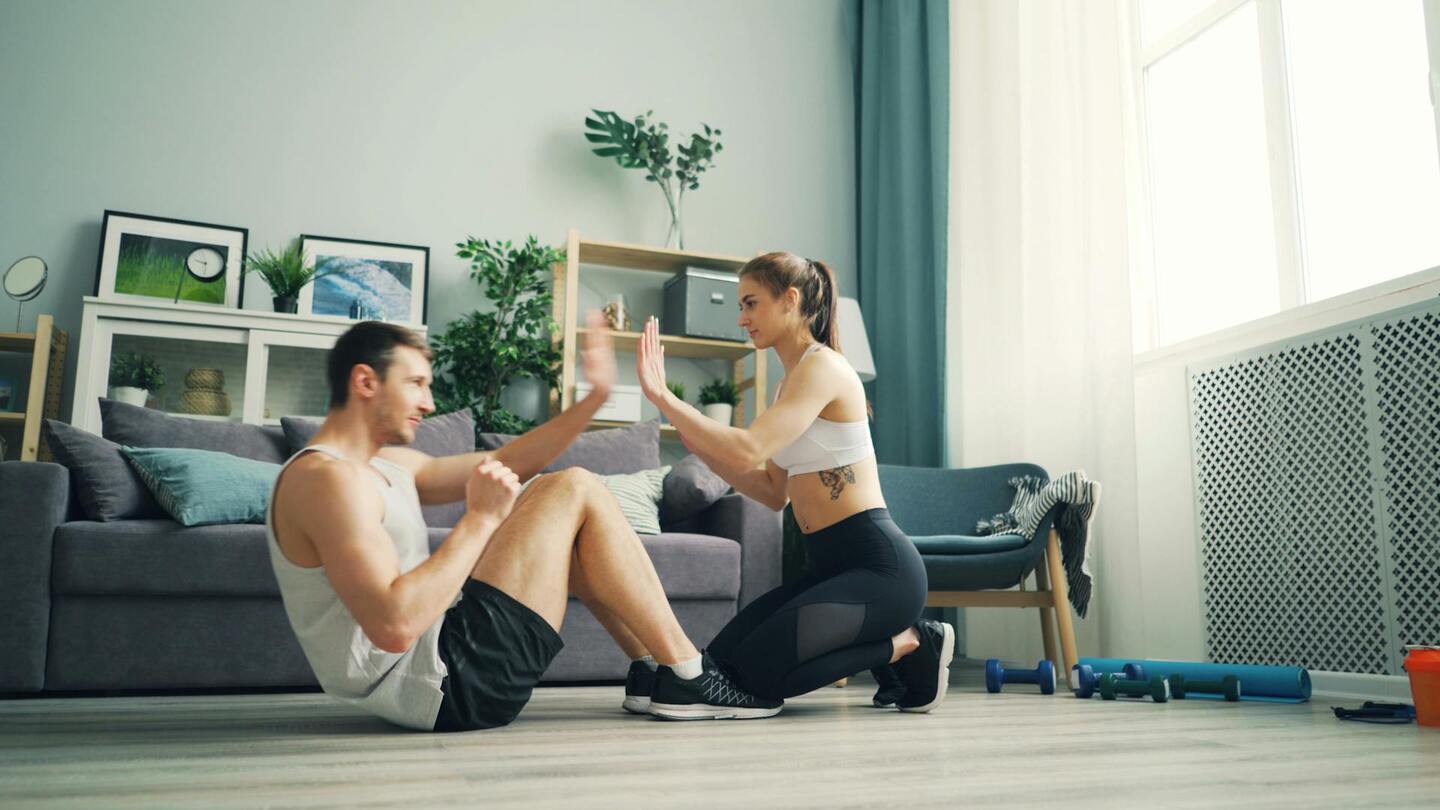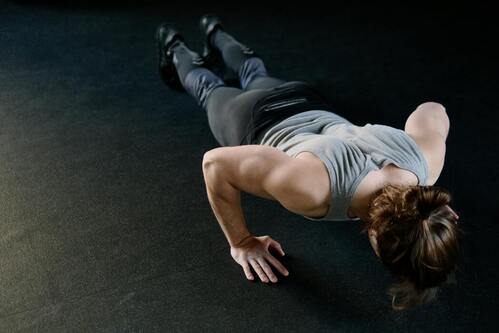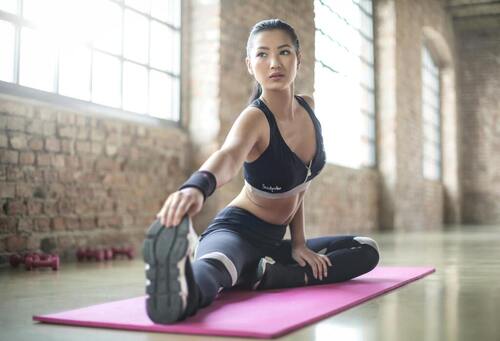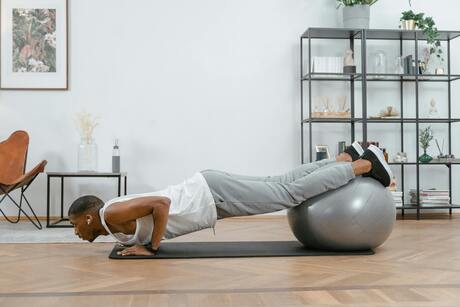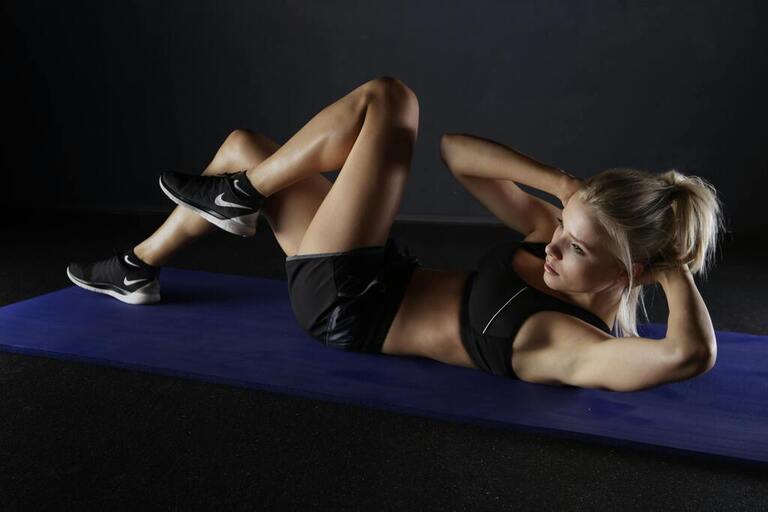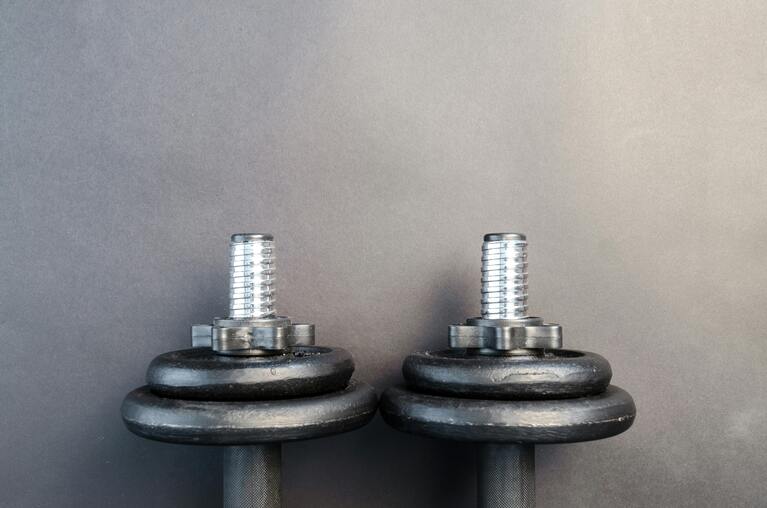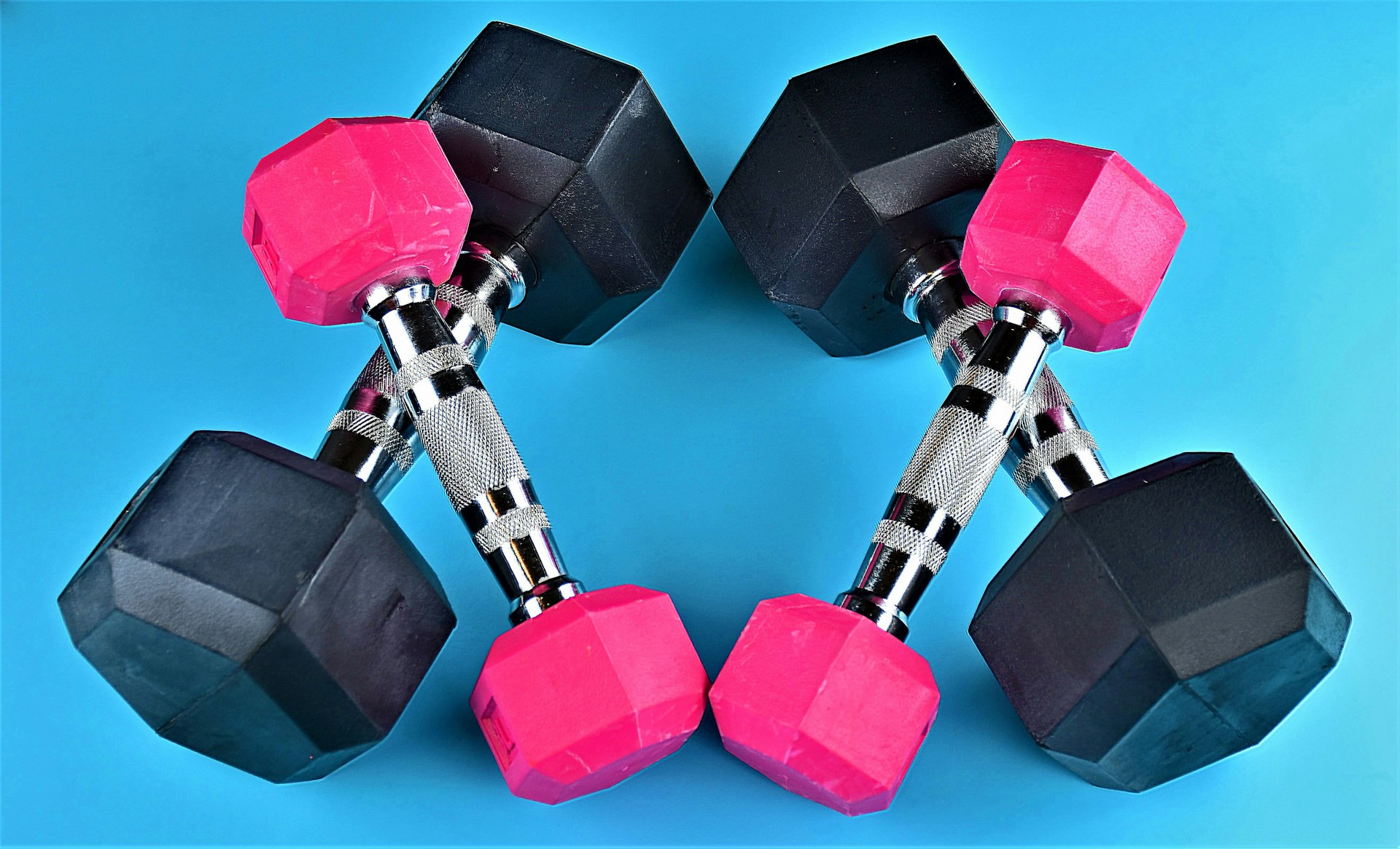When we hear the word “workout,” many of us picture a crowded gym: the constant buzz of voices, lines for machines, stern trainers, and the whirr of turnstiles at the entrance. But what if I told you that you can build a strong, toned body without ever leaving your home? Home workouts have long since stopped being something dull or ineffective. Nowadays, they are a fully fledged, varied form of exercise growing in popularity all over the world. And it’s not just about saving time and money—training at home gives you freedom to be creative, to follow your own rhythm, and even to get your loved ones or friends involved. Below, you’ll learn how to get the most out of your home workouts so you can reap all the benefits of a gym routine while having just as much fun.
A New Fitness Philosophy: Freedom and Flexibility
We live in an era where traditional boundaries are vanishing. You can study online, work remotely, order goods and services through apps—and of course, exercise wherever you want. Home workouts reflect this new lifestyle, where “comfort and results” is the dominant principle.
- No waiting for equipment. This alone is a big plus. You don’t have to line up for treadmills or machines. At home, everything you need is available the moment you want to use it.
- Customized programs. In a gym, it’s easy to get tempted to copy someone else’s workout plan without considering your own needs. At home, you can adapt your routine to your unique goals: mix strength exercises, functional workouts, dancing, yoga, or even boxing—all in one place.
- Cozy atmosphere. Who says you need loud, intense music and unfamiliar faces around you? Turn on your favorite playlist or TV show, light a scented candle, or open the window to let fresh air in. Create an atmosphere that suits you, because at home nobody will complain it’s “unprofessional.”
Beating Laziness and Keeping Up the Momentum
The most common criticism of home workouts is the fear of quitting after a week. True, sometimes stepping through the gym doors feels easier than pushing yourself to do a set of push-ups in your living room—after all, a gym membership can feel like a commitment. At home, the couch and TV often call louder than the pull-up bar. But there are some solid strategies to stay on track:
- Set clear goals. For example, “In a month, I want to be able to do 20 proper push-ups,” or “In three months, I want to run 5K without stopping.” Vague ideas like “I just want to be in shape” are too easy to let slide. Concrete, measurable goals keep you motivated.
- Schedule your workouts. If you don’t block out a specific time for exercise, that session will probably vanish from your day. Decide, for example, that every Monday and Wednesday at 7 p.m. is workout time, plus a Saturday morning session. Treat these time slots like important meetings with yourself.
- Create a ritual and environment. Think about the details: which workout clothes boost your confidence? Which mat doesn’t slip around on the floor and looks great in your space? What music helps you focus? Approach your workout like a mini-celebration. Yes, sweat and fatigue can be enjoyable if you see them as part of your positive routine.
- Track your progress. Use apps, keep a workout journal, or take “before and after” photos. Tangible signs of improvement are a huge motivational boost. When you see that you could only do 8 squats last week but can handle 12 today, it fires you up to keep going.
Must-Have Equipment for Home Workouts
You can definitely get started with no gear at all, relying solely on your body weight. However, if you want to diversify your workouts, here are a few inexpensive, compact items worth considering:
- Fitness mat. Essential for floor exercises so you don’t slip or feel cold.
- Resistance bands (with various levels of tension). They take up almost no space but allow you to work out your arms, legs, and back effectively.
- A set of dumbbells or an adjustable barbell. If you want to ramp up your resistance training, a small pair of light dumbbells (1–2 kg each) can be a great start.
- Jump rope. An excellent cardio option that requires minimal space.
- Stability ball, ab roller, or ankle weights. These are “bonus” items that can make your workouts even more interesting.
Remember, especially when you’re just getting started, proper technique and progressive overload are more important than collecting fancy equipment.
Sample Weekly Workout Plan (Plus a Dash of Inspiration)
To prevent your workouts from turning into a dull, repetitive chore, shake things up with different exercises. Below is an example schedule if you plan to work out three times a week.
Monday: “Bodyweight Strength Day”
- Squats – 3 sets of 15 reps.
- Push-ups (either from the floor or on your knees, depending on your level) – 3 sets of 10–12 reps.
- Forward lunges in place – 3 sets of 10 reps per leg.
- Plank – 3 sets of 30 seconds (aim to gradually increase your hold time each week).
- Cool-down and stretching – at least 5–7 minutes.
Wednesday: “Cardio + Functional Training”
- Jump rope (or simple on-the-spot jumps) – 2–3 minutes to warm up.
- Burpees – 3 sets of 5–8 reps (fantastic for endurance).
- Crunches – 3 sets of 12–15 reps.
- Jump squats – 2 sets of 8–10 reps.
- Resistance band exercises (rows, arm raises, bicep curls) – 2–3 sets, 8–12 reps each.
- Stretching and breathing exercises – a few simple yoga poses to calm your heart rate.
Saturday: “Mixed Format + Glute and Core Focus”
- Glute bridge – 3 sets of 12–15 reps. You can increase difficulty by placing a dumbbell or resistance band across your hips.
- Leg raises (on forearms or lying down) – 3 sets of 10–12 reps.
- Side plank – 2–3 sets of 20–30 seconds on each side.
- Lateral lunges – 3 sets of 10 reps per leg.
- Core moves like bicycle crunches or frog kicks – 2–3 sets of 15–20 reps.
- Cool-down and breathing – consider a short meditation session.
Tip: If you find a workout day too easy, increase the number of reps or add an extra exercise. If it’s too tough, scale back until your body adapts. Consistent but safe progress is the key.
The Psychology of Success: Feel Like an Athlete
At times, home workouts can seem “second-class” because there’s no professional trainer hovering nearby, no athletic crowd around, and no loud club music blasting. But it’s all in your mindset: you can turn home fitness into a mini adventure and start seeing yourself as a real athlete. How?
- Build your own image. Want to feel like a marathon runner? Grab some good running shoes, watch inspiring running documentaries. Dream of “Instagram-worthy” abs? Follow fitness influencers who inspire you. Feed your imagination with positive images.
- Reward yourself. Hit a weekly target? Treat yourself! It could be a new book, a movie, or a special tea—something small but satisfying. This helps your brain associate working out with rewards and positivity.
- Visualize your future. Close your eyes and imagine feeling strong, energized, light on your feet, and seeing toned muscles in the mirror. Such visualization boosts your determination to keep going.
The Importance of Nutrition and a Healthy Lifestyle
Keep in mind that the success of any workout routine—home-based or gym-based—is half determined by what you “fuel” your body with and how well you recover:
- Eat a balanced diet. Even the most intense cardio sessions can’t out-train a poor diet. Include quality protein (meat, fish, legumes), healthy fats (avocado, nuts), complex carbs (oatmeal, whole-grain bread), and plenty of fruits and vegetables.
- Stay hydrated. You lose plenty of fluids while exercising. Often, when you think you’re hungry, you may actually be thirsty.
- Get enough sleep. Your body rebuilds itself during deep rest. Aim for 7–8 hours of quality sleep a night. Lack of sleep not only slows your progress but can also sap your overall well-being.
- Manage stress. Yoga, breathing exercises, or even a short walk all help keep your mind calm and your body ready for workouts. Stress can have a negative impact on both your fitness progress and general health.
Conclusion: Enjoy the Journey
Home workouts are more than just a “gym substitute”—they embody a lifestyle of independence, creativity, and a mindful approach to your body. You’re learning to take responsibility for both your physical self and your mental state. Sure, it may be unusual at first to train where you usually lounge, eat dinner, or binge-watch TV. But as you find your rhythm, you may even start looking forward to these sessions with genuine excitement.
Interestingly, some people get so hooked on home workouts that they never return to the gym: they love picking their own music, saving time, and creating personalized routines. If you want extra support, invite friends, share your plan, or take online classes from professional trainers. And if you crave variety, experiment with different styles—Tabata, functional training, Pilates. Most importantly, don’t be afraid to try new things!
Finally, don’t expect overnight transformation. Allow yourself time to adapt, discover which exercises resonate with you, and celebrate every small step forward. Whether your goal is better health or a sculpted physique, you can reach it without ever stepping foot in a gym—just embrace the freedom of home workouts and enjoy every moment along the way.
